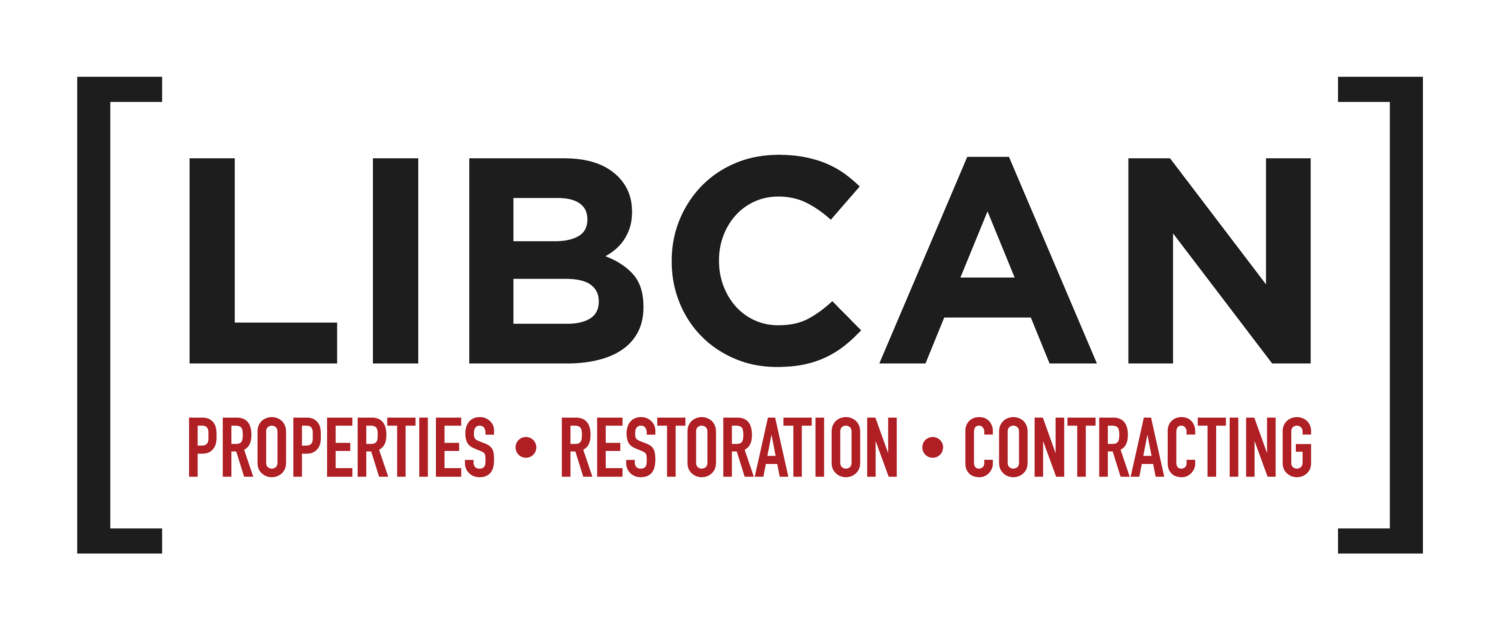
Water Damage FAQs
Frequently asked questions
-
The basics of what to do after a flood include the following:
Stop the water at its source.
Turn off the electricity (only if you can do so without stepping into water).
Contact LIBCAN to assist with emergency mitigation to prevent further damage to your home
Contact your insurer (or your landlord, if you rent)
Document everything for insurance
-
Once the source of the water damage is located, the processes for water and flood damage remediation include:
removal of water through extraction from affected areas
drying, sanitizing, and deodorizing of affected areas
application of mould deterrent products where necessary
repair and restoration of the property to its original conditions
where possible, restoration of contents damaged by water
-
The time it takes to fully complete water damage restoration will vary depending on a number of factors
Type of water damage event (flood, sewer backup, windstorm damage, etc.)
the extent of damage and level of contamination
the availability of replacement materials
negotiations with insurance providers
-
Some contents can be cleaned on-site, but we may need to remove some items in order for repairs to be done to the building or to properly assess and professionally clean the contents. Our team of professionals use both hand and machine-assisted methods to repair and restore contents.
All contents that are salvageable are cleaned, inventoried, documented with photographs, and securely packed for storage and eventual transport back to the customer.
-


